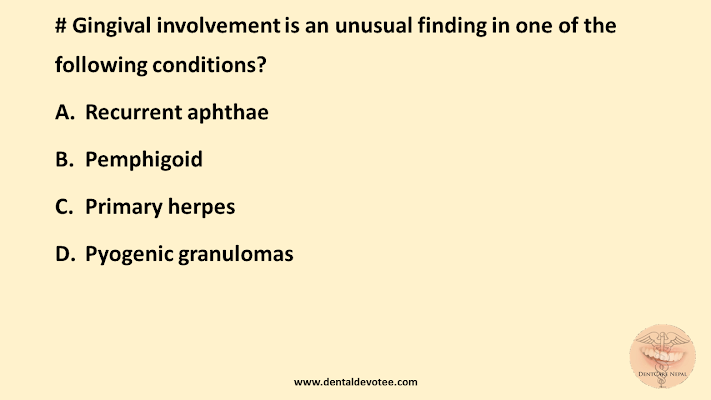# Anterior crossbite should be corrected:
A. During mixed dentition
B. After all permanent teeth have erupted
C. As soon as possible
D. Any time
The correct answer is C. As soon as possible.
Lingually positioned incisors limit lateral jaw movements and they or their mandibular counterparts sometimes suffer significant incisal abrasion, so early correction of the crossbite is indicated.
Early correction of dental cross bites in the mixed dentition is recommended because it eliminates functional shifts and wear on the erupted permanent teeth, and possibly dentoalveolar asymmetry. There are three basic approaches to the treatment of moderate posterior crossbites in children:
i) Equilibration to eliminate mandibular shift
ii) Expansion of a constricted maxillary arch, and
iii) Repositioning of individual teeth to deal with intra-arch asymmetries.
Reference: Contemporary Orthodontics, Proffit, 4th Edition Page no 248







